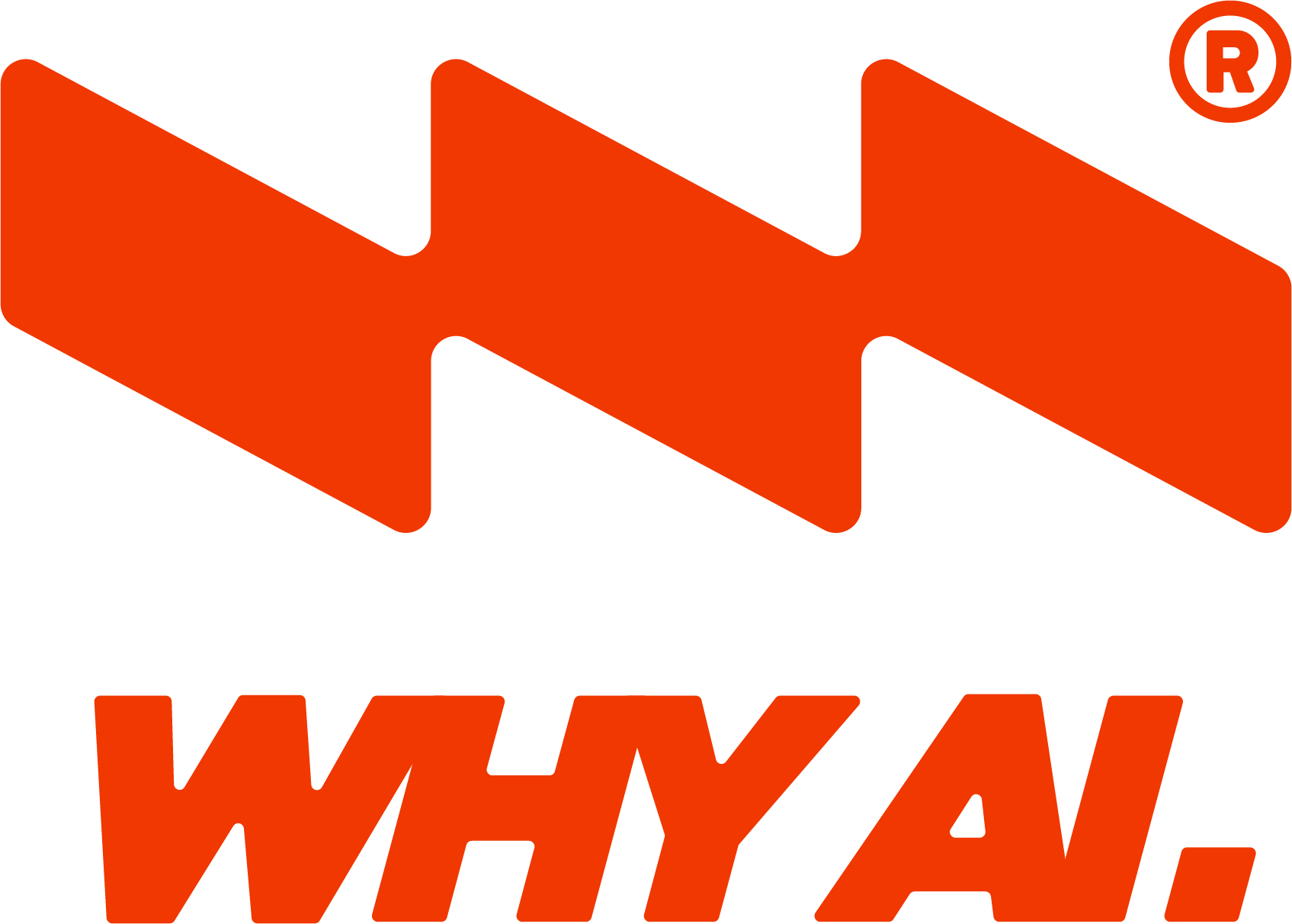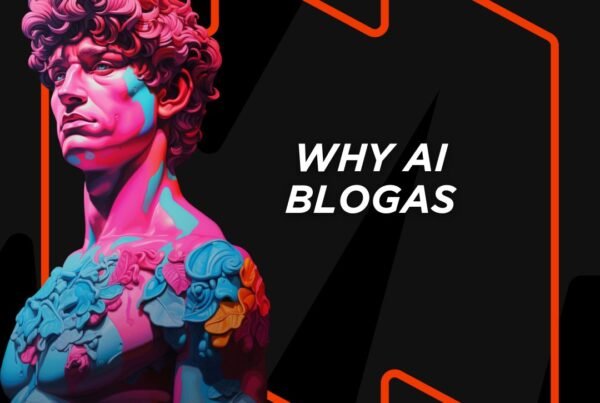While ChatGPT is quite free-form for entering queries, IoT image creation tools require certain rules and attention to detail. Good DI descriptions are the basis for great visual results. Let’s take a look at what strategies to follow to get the perfect images.
How to write effective IoT visual descriptions?
While there are many unique ways of formulating DI prompts for visualisers, they all share some common features, which we will discuss below. The important thing to remember is that each DI model likes slightly different description formats, so each attempt will produce different visual fruits.
Structure of descriptions
The basic structure of an effective description in any AI image generation tool consists of the following steps:
- Describe the object or content of the image. For example, “Marga cow on pink grass”.
- Specify the art form and style. For example, “Modern, futuristic style”.
- Add other important details such as lighting, colours, etc. For example, “It’s a sunny day with clouds in the sky”.
Length of queries
There are no strict rules on how long descriptions should be, and different tools work best with different lengths of query. For example:
- “Midjourney works best with 60-word descriptions,
- “Stable Diffusion works best with texts of less than 380 characters,
- “Ideogram works best with very concise and clear texts that define key ideas or design elements.
Skyryba
Whatever tool you use, it is important that the descriptions are not too complex. If you add too many elements, the model may become confused. Use commas to clearly distinguish one element from another. This will not only help the DI to better understand the description, but will also make it easier for you to understand what you have written down.
Language style
Choose the style of speech according to the result you want to achieve. For example, if you want a simpler and more predictable result, be clear and specific in your query. Meanwhile, if you want more unexpected results, experiment with poetic or abstract language.
Describe the object or content of the image
Let’s dive deeper into how to accurately describe every detail of the query. Start by describing the main content of the object or image, such as ‘dog’, ‘family on the beach’ or ‘forest vegetation’.
In addition to the object, you can include details such as:
- The actions that the object performs (e.g. “looking up”, “playing”, “talking”).
- How the actions are carried out (e.g. “joyfully”, “fearfully”, “bravely”).
- The mood of the image (e.g. “gloomy rainy morning”, “meadow as the sun sets”, “romantic coffee table”).
The more details you provide, the more likely you will get an interesting result. Experiment with different models if you have the opportunity to do so, as each one will also give you different variations.
Describe the art form and style
If you are aiming for a specific visual effect, don’t forget to include the art form and style in the description. Here are some of the most popular art forms and styles:
- Photo. You can even describe it in this specific way: ‘Nikon D6 high-speed action shot, soft yellow lighting.’
- Painting. For example, “Impressionist oil paintings.”
- Illustration. For example, “A cute illustration drawn by a child.”
- Digital art. For example, “Lo-fi, nostalgic.”
- Film stills. For example, “A still from an old film.”
Here’s how the same query can vary between different art styles:



Add other important details
Once a description of the object and the art style has been provided, additional details can be added to further influence the final result:
- Framing: ‘large plan’, ‘wide shot’.
- Lighting: ‘Soft light’, ‘dramatic lighting’, ‘golden lighting’.
- Colour scheme: “Purple and green colour scheme.”
- Level of realism: “Realistic, colourful, 8K.”
Other strategies
We recommend you try other strategies for creating AI images that can be very useful in finding that perfect image:
- Reverse engineering. Tools such as CLIP Interrogator allow you to extract descriptions from existing visuals. These descriptions cover all the main aspects of the prompts and can then be applied to your own work.
- “Image-to-image”. This strategy allows you to create new images based on existing images. Tools such as Stable Diffusion etc. take the uploaded image as a starting source and modify it according to the given references.
- AI editing. “Canva,Photoshop or other platforms allow you to edit images and change colours, backgrounds, automatically remove unwanted objects, add new elements, etc. Very useful for subtle improvements.
Let your imagination run wild, generate IoT images, experiment with descriptions and tools and discover what works best for you. If, however, you need more help with creating targeted AI queries, take the IoT training to learn in detail about writing effective prompts.

